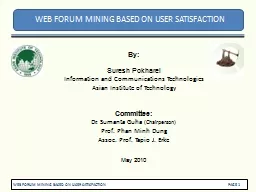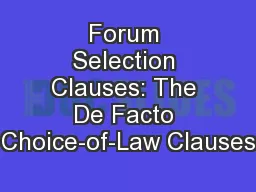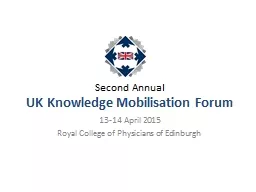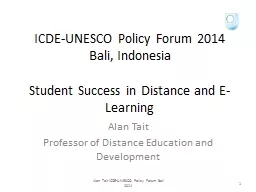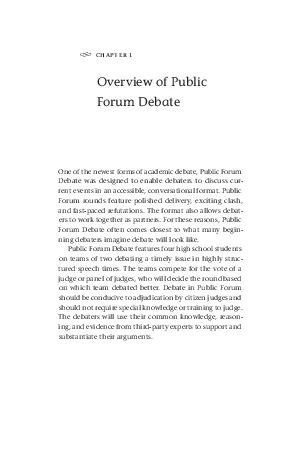PDF-Forum on Public Policy
Author : yoshiko-marsland | Published Date : 2015-08-15
1 Just Deserts and Life without Parole for Juveniles An Iniquitous Law and Policy Rudolph Alexander Jr Professor College of Social Work Ohio State University Abstract Although
Presentation Embed Code
Download Presentation
Download Presentation The PPT/PDF document "Forum on Public Policy" is the property of its rightful owner. Permission is granted to download and print the materials on this website for personal, non-commercial use only, and to display it on your personal computer provided you do not modify the materials and that you retain all copyright notices contained in the materials. By downloading content from our website, you accept the terms of this agreement.
Forum on Public Policy: Transcript
Download Rules Of Document
"Forum on Public Policy"The content belongs to its owner. You may download and print it for personal use, without modification, and keep all copyright notices. By downloading, you agree to these terms.
Related Documents





